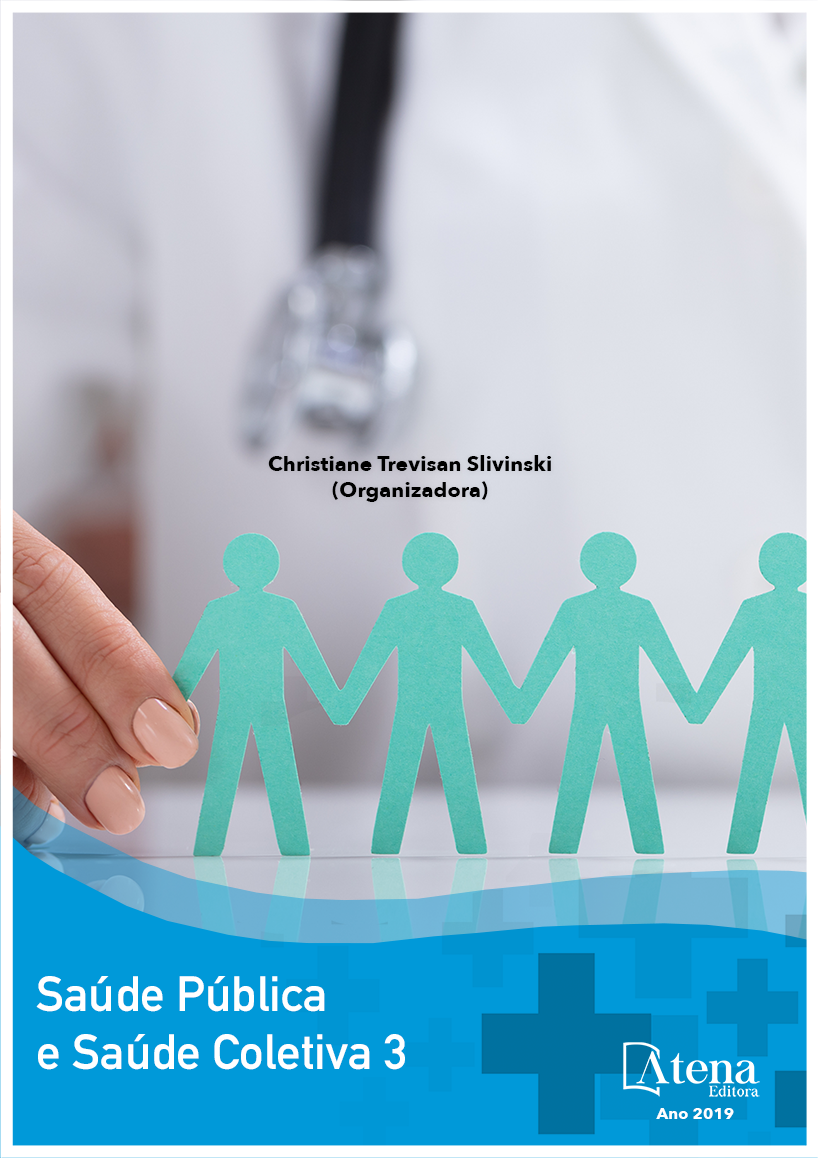
AVALIAÇÃO DO PERFIL EPIDEMIOLÓGICO DE PACIENTES DIAGNÓSTICADOS COM HANSENÍASE EM UMA CIDADE NO INTERIOR DO CEARÁ
A hanseníase é uma doença
infecciosa causada por um bacilo intracelular
obrigatório, Mycobacterium leprae, tendo o ser
humano como hospedeiro. O objetivo desse
estudo foi avaliar por meio do site do Sistema
de Informação de Agravos e Notificação, o perfil
epidemiológico dos pacientes diagnosticados
com hanseníase na cidade de Cariré - CE, de
janeiro de 2011 a dezembro de 2015. Tratase
de um estudo do tipo epidemiológico,
retrospectivo, documental de abordagem
quantitativa. O estudo foi realizado utilizando
dados de notificação relacionados à hanseníase,
disponíveis no SINAN, para a microrregião de
Cariré. Foram registrados 67 casos no período
de 2011 a 2015. A análise de distribuição por
idade revela que a minoria dos pacientes
infectados estão abaixo dos 25 anos e acima de
78 anos e que 53,8% estão entre 26 e 51 anos.
Em relação aos dados sóciodemográficos, no
que se refere ao gênero, zona de habitação,
raça, escolaridade e ocupação, a frequência
foi de: 53,7% (masculino); 59,7% (urbana);
68,6% (pardos); fundamental incompleto
(36%); desempregados/ignorado (49%),
respectivamente. Quanto a baciloscopia, em
47,7% dos casos, o exame não foi realizado.
A classificação Multibacilar foi a mais frequente
(51%), a forma clínica Indeterminada apresentou o maior índice (33%). O grau zero de
incapacidade foi o que mais ocorreu (33,5%) e 100% dos pacientes obtiveram alta por
cura. Este estudo reforça a necessidade de realização de pesquisas regionais, a fim
de se conhecer melhor a distribuição desta patologia em nível local, buscando levantar
aspectos que contribuam para ações de prevenção, diagnóstico e tratamento precoce.
AVALIAÇÃO DO PERFIL EPIDEMIOLÓGICO DE PACIENTES DIAGNÓSTICADOS COM HANSENÍASE EM UMA CIDADE NO INTERIOR DO CEARÁ
-
DOI: 10.22533/at.ed.6261911034
-
Palavras-chave: Mycobacterium leprae. Epidemiologia. Saúde Pública
-
Keywords: Mycobacterium leprae. Epidemiology. Public health.
-
Abstract:
Leprosy is an infectious disease caused by an obligate intracellular bacillus,
Mycobacterium leprae, with the human being as host. The objective of this study was to
evaluate, through the SINAN website, the epidemiological profile of patients diagnosed
with leprosy in the city of Cariré-Ce, from January 2011 to December 2015. This is an
epidemiological, retrospective and documental study of a quantitative approach. The
study was conducted using leprosy-related notification data, available on the SINAN
website, for the Cariré microregion. Sixty-seven cases were recorded in the period 2011
to 2015. The analysis of age distribution reveals that the minority of infected patients
are below 25 years and over 78 years and 53.8% are between 26 and 51 years. With
regard to socio-demographic data, related to gender, housing area, race, education and
occupation, the frequency was: 53.7% (male), 59.7% (urban); 68.6% (brown people);
incomplete elementary school (36%); unemployed / ignored (49%), respectively. In
terms of smear microscopy, the examination was not performed in 47.7% of the cases.
The multibacillary classification was the most frequent (51%) and the indeterminate
clinical form presented the highest index (33%). The zero degree of disability was the
one that occurred the most (33.5%) and 100% of the patients were discharged for cure.
This study reinforces the need for regional research in order to better understand the
distribution of this pathology at the local level, seeking to raise aspects that contribute
to prevention, diagnosis and early treatment.
-
Número de páginas: 15
- ANTÔNIA CRISSYA XIMENES FARIAS
- SARA DE ARAÚJO DO NASCIMENTO
- LETÍCIA BANDEIRA MASCARENHAS LOPES
- ALANA CAVALCANTE DOS SANTOS
- FRANCISCA VALÉRIA BEZERRA SAMPAIO MARQUES
- FRANCISCA AILA DE FARIAS
- JESSIKA CRUZ LINHARES FROTA
- CAMILLA RODRIGUES PINHO
- MARIA VITÓRIA LAURINDO
- RENAN RHONALTY ROCHA


